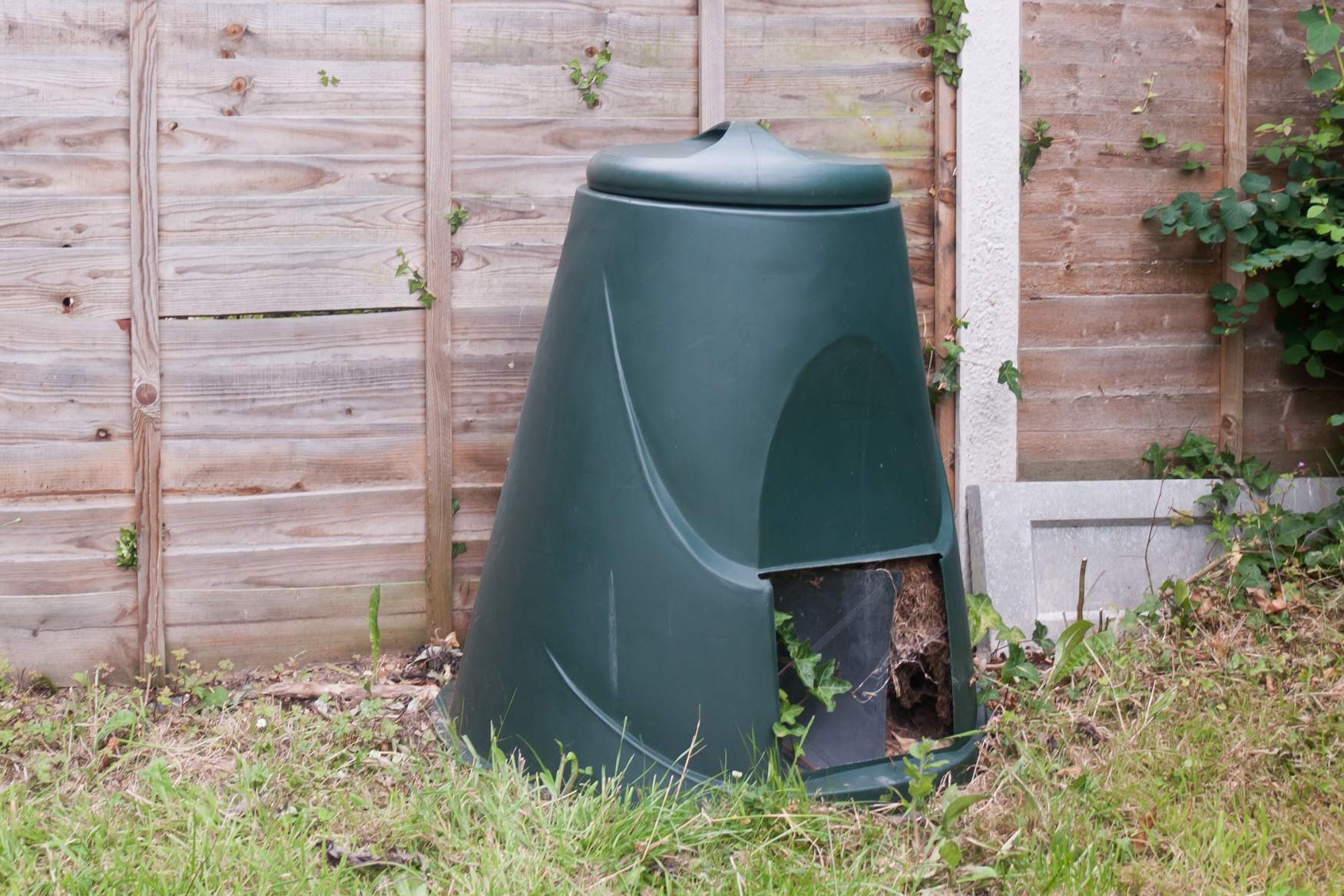When do female dogs go into heat, and what happens when they do?
We’re here to answer all your questions about your dog’s cycle and how to best care for your dog in heat.
WHAT ARE THE STAGES OF THE DOG’S HEAT CYCLE?
Your dog’s heat cycle is divided into four stages:
Pro-oestrus
This is the phase commonly referred to as “heat”.
The typical vaginal bleeding occurs in this phase. Pro-oestrus can last between 4 and 29 days – 9 days is the average.
Male dogs are attracted to your female dog in this stage, but she is normally not receptive.
Oestrus
Here, the bleeding usually stops, and this is the actual time where pregnancy can occur.
The female dog becomes receptive to males.
This phase lasts between 4 and 23 days.
Di-oestrus or Met-oestrus
The phase after the oestrus lasts about 2 to 3 months.
The female dog is not interested in males and is no longer fertile.
Anoestrus
The phase before the next pro-oestrus, marked by low levels of sex hormones.
This generally lasts between 2 and 4 months, possibly longer for large and giant breeds.
Of course, if your dog gets pregnant during the receptive phase, the next step will not be di-oestrus, but pregnancy.
A pregnancy lasts 60 – 64 days.
HOW OFTEN DO DOGS GO INTO HEAT?
Most dogs go into heat twice a year.
Large breeds go into season less frequently; they might go 8-10 months between heats.
For giant breeds, once a year is normal.
Overall, there are individual differences in how often dogs go into heat. Many dogs, however, have fairly regular cycles (at least after the first 3 – 4 cycles).
It’s a good idea to keep notes of your dog’s cycle.
If a normally regular dog does not go into heat when expected to, we recommend a check-up at the vet’s.
WHEN DO DOGS FIRST GO INTO SEASON?
Puberty in dogs starts sometime between 4 and 18 months of age, depending on the breed.
Smaller dogs reach sexual maturity early, while large and giant breeds are usually over 1 year old when they first go into heat.
The average age for the first heat is 6 months.
In some dogs, the first heat is “silent”, meaning that the signs are not that obvious and little vaginal bleeding occurs.
WHAT TO DO IF YOUR DOG IS IN HEAT?
First off, don’t worry.
Some dogs get nervous or agitated when they go into heat, but this is completely normal.
Whining and panting can occur.
You might find that your dog is not eating as much as usual when in heat – don’t fret about it unless your dog misses several meals in a row.
Should you have other dogs, the female in heat may display dominant behaviour towards them.
Supervise your “pack” and temporarily separate the dogs if it’s necessary.
If you do not want your dog to get pregnant, you’ll have to keep her away from males.
This means she’ll need to be on a leash all the time, and not be left alone outdoors.
Bloody discharge is normal for a dog in heat.
Most dogs tolerate “dog nappies” quite well – these will spare you a mess in the house.
WHEN CAN A DOG GET PREGNANT?
Dogs can only get pregnant during the oestrus phase.
Usually at this point, the bleeding has stopped or is at least greatly reduced.
The exact time frame in which a female dog can get pregnant is impossible to determine from the outside.
Your vet can perform tests to predict the time of ovulation, namely:
- Vaginal smear tests
- Progesterone measurement in the blood.
Usually, the tests need to be repeated several times to predict ovulation reliably.
Resources
England, G., Canine and Feline Reproduction and Neonatology. BSAVA, 2011.
Jöchle, W., Andersen, A.C., The estrous cycle in the dog: A review. Theriogenology, 7:3, 1997.
Christie, D.W., Bell, E.T., Endocrinology of the oestrous cycle in the bitch. Journal of Small Animal Practice, 12:7, 1971.







